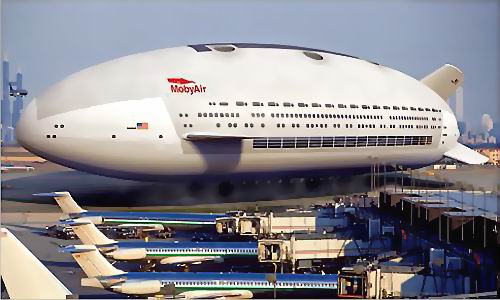Teshuvah
Banned
So I just arrived at London via Big Ben's docking bay. And as I sat listening to Nirvana on Briton Zeppelins Flight 342, I got to thinking...how would it be different on an airplane?
For one, if airplanes were used every day, they'd be a lot faster. Travel from New York to London would probably take about 16 hours instead of two days. On the other hand, it would probably be a lot less luxurious, and a lot less fuel efficient...
I know "Airplanes From Another World" is a cliche, but what if it held true? How would the world be different if we used airplanes every day instead of zeppelins? Who would we idolize as the "Founder of Air Flight" instead of Ferdinand von Zeppelin?
-AYC
For one, if airplanes were used every day, they'd be a lot faster. Travel from New York to London would probably take about 16 hours instead of two days. On the other hand, it would probably be a lot less luxurious, and a lot less fuel efficient...
I know "Airplanes From Another World" is a cliche, but what if it held true? How would the world be different if we used airplanes every day instead of zeppelins? Who would we idolize as the "Founder of Air Flight" instead of Ferdinand von Zeppelin?
-AYC
